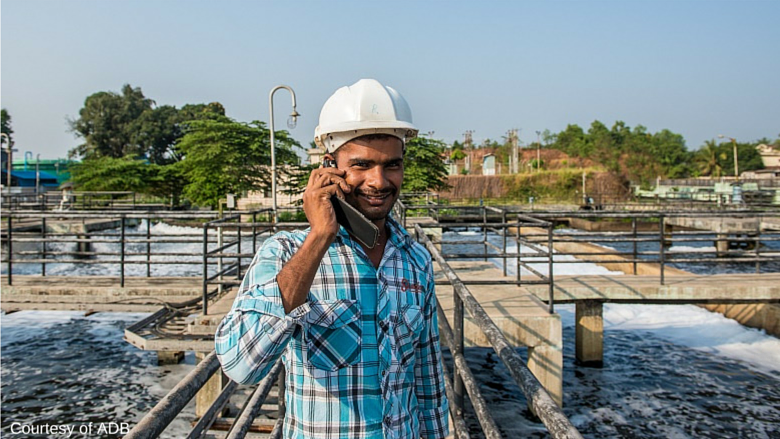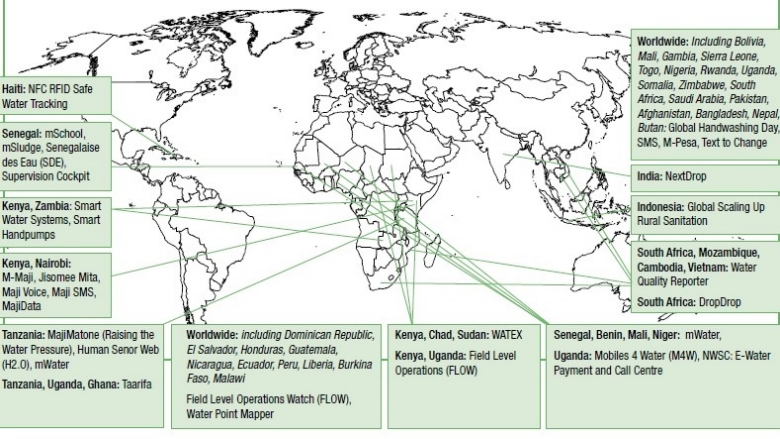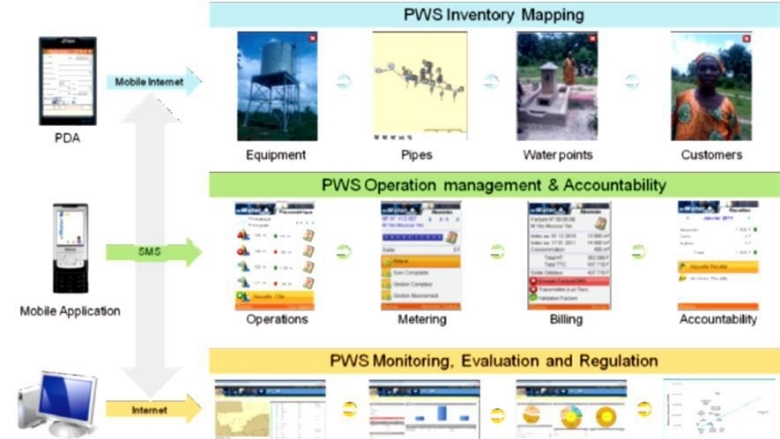DOWNLOAD
Summary of Findings and Recommendations
Recent experience from around the world has demonstrated that the water and sanitation sector has not been immune to the innovative use of Information and Communication Technology (ICT) as evidenced by the many examples currently being rolled out. We may only be witnessing the first wave of technology innovations for water and sanitation service delivery, however, and have much to learn regarding the best way to adopt, quickly operationalize, and continue to innovate in successive stages.
While ICT can be a key enabler for institutional transformation to address the demand for improved water and sanitation service, especially for hard-to-reach poor populations in rural and urban areas, it will never be the silver bullet. In order to maximize its transformational role in the sector, ICT should be recognized as a conduit or tool that needs to be continuously managed well in order to help achieve a solution. Impact and success need to be measured not merely in terms of implementation or uptake of the new technology, but more importantly with regards to achieving the Water, Sanitation and Hygiene (WASH) sector’s goals and priorities.
This study was carried out by the Water and Sanitation Program (WSP) of the World Bank to fill a gap in understanding how the potential of ICT can improve water and sanitation services globally, with a particular emphasis in Africa. It covers a global desk review and case studies in seven African countries (Kenya, Uganda, Tanzania, Senegal, Benin, Niger and Liberia), complemented by experiences from other regions (Latin America, North America, South Asia and East Asia) and analyzes strengths and weaknesses of existing ICT tools. It also provides evidence on how ICT can be used to leapfrog the water and sanitation sector towards more sustainable service delivery.
This study sought to not only document experiences of ICT use in the WASH sector, but also analyze them within the framework of enabling factors and barriers in terms of vision, process, customer/user, service delivery, human capacity, governance and finance.


